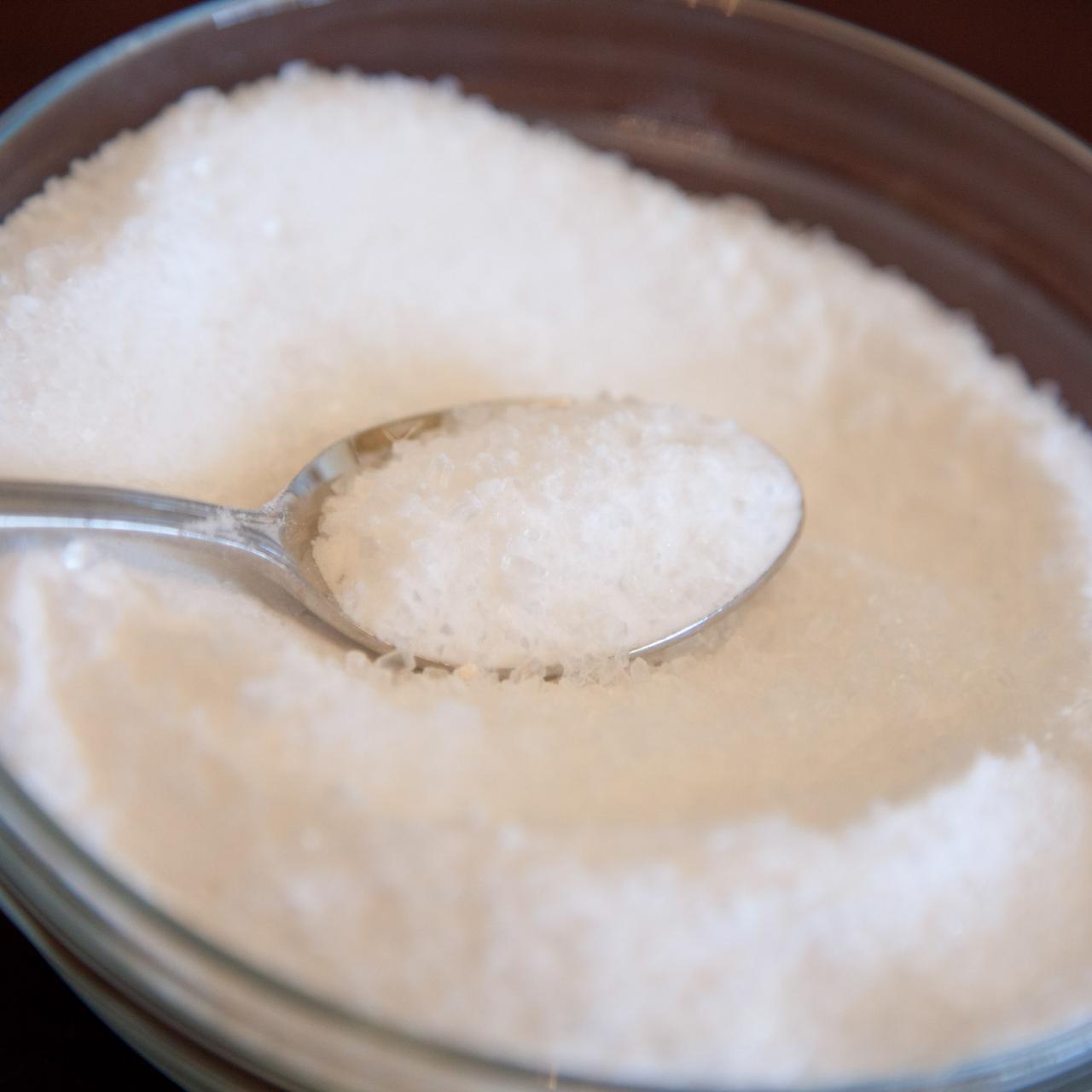Explore Why Some Plants Deny Epsom Salt as a Nutrient Source
In the detailed world of plant nourishment, the being rejected of Epsom salt as a practical nutrient source by some plants postures an intriguing dilemma. The factors behind this careful behavior dive right into a complex interaction of plant absorption mechanisms, the one-of-a-kind chemical structure of Epsom salt, and plant-specific nutrient preferences.
Plant Absorption Devices
In delving right into the complex world of plant absorption devices, it comes to be obvious that the procedure is governed by an advanced interaction of physical dynamics and molecular pathways. Plants take in nutrients primarily through their origins, utilizing various transport systems to uptake crucial aspects such as nitrogen, magnesium, phosphorus, and potassium. Magnesium, an important element in chlorophyll synthesis and enzyme activation, plays an important duty in plant development and growth.
The absorption of magnesium includes numerous steps, starting with its schedule in the soil solution. Once dissolved, magnesium ions are used up by plant roots via details transportation healthy proteins installed in the cell membranes. These healthy proteins help with the movement of magnesium across the root cell walls and right into the plant's vascular system, where it is after that dispersed to different tissues to support numerous physical features.
Comprehending the intricate devices behind magnesium absorption in plants clarifies how this crucial nutrient adds to total plant wellness and efficiency. By maximizing magnesium uptake pathways, growers can enhance crop yields and quality, underscoring the value of comprehending plant absorption dynamics for sustainable farming practices.
Epsom Salt Chemical Structure
The chemical framework of Epsom salt, also known as magnesium sulfate heptahydrate, discloses a distinctive plan of components that add to its unique residential properties and applications. The seven water molecules are freely bound to the magnesium sulfate substance, permitting it to liquify quickly in water and be easily taken up by plants with their roots.
The crystal framework of Epsom salt develops monoclinic prisms, which are lengthened crystals with identical ends. This crystal form influences the physical properties of Epsom salt, such as its structure and solubility. Understanding the chemical framework of Epsom salt is critical for comprehending its actions as a nutrient source and its communications with plants in farming and horticultural techniques.
Plant-Specific Nutrient Preferences
Plants exhibit unique choices for certain nutrients, highlighting the value of understanding their individual needs for optimum development and growth. Recognizing these plant-specific nutrient preferences is critical for making the most of crop news returns, enhancing ornamental plant growth, and advertising general plant wellness.

Plant-specific nutrient choices can also differ based upon whether the plant useful reference is a monocot or dicot. Monocots, such as lilies and turfs, have various nutrient needs contrasted to dicots like roses and tomatoes. Additionally, particular plants might show certain deficiencies or toxicities when exposed to poor or excess degrees of specific nutrients. By tailoring nutrient supplements to fulfill the exact demands of each plant species, cultivators can enhance plant growth, reduce nutrition waste, and assistance sustainable agricultural practices.

Dirt Ph and Nutrient Uptake
Offered the vital function of plant-specific nutrient preferences in optimizing growth and health, understanding the partnership in between soil pH and nutrient uptake comes to be vital. Dirt pH plays an important function in figuring out the schedule of necessary nutrients for plant uptake. Different plants have differing pH choices for ideal nutrient absorption. For instance, acidic dirts with a reduced pH agree with for plants like azaleas and blueberries, while alkaline dirts with a higher pH suit plants such as lilacs and clematis.
On the other hand, alkaline dirts may restrict the accessibility of nutrients like iron, zinc, and copper, affecting plant growth. Keeping the suitable pH level in the soil is essential for making sure that plants can efficiently uptake the required nutrients for their healthy and balanced advancement and performance.
Genetic Consider Nutrient Uptake
In the world of plant nourishment, the interplay of genetic variables substantially affects the uptake of vital nutrients vital for plant growth and development. Hereditary variables play a pivotal duty in shaping a plant's capacity to take in and use nutrients properly.
Furthermore, hereditary factors also establish the efficiency of nutrient uptake mechanisms within plants. Some plants might possess hereditary attributes that boost their capacity to scavenge nutrients from the soil successfully, giving them a competitive advantage in nutrient-poor settings. On the other hand, genetic variants can additionally bring about limitations in nutrient uptake, making sure plants much more susceptible to shortages even when nutrients are Website abundant in the dirt.
Recognizing just how hereditary elements affect nutrient uptake is essential for creating methods to enhance plant nourishment and boost plant efficiency in different farming setups. By untangling the hereditary systems included in nutrient uptake, researchers can work towards developing genetically improved plant varieties with improved vitamins and mineral procurement abilities.
Conclusion

In the complex world of plant nutrition, the being rejected of Epsom salt as a viable nutrient source by some plants postures an intriguing dilemma. what plants don't like epsom salt. Recognizing these plant-specific nutrient preferences is critical for maximizing crop returns, enhancing ornamental plant growth, and advertising overall plant wellness
By tailoring nutrient supplementation to fulfill the exact requirements of each plant varieties, cultivators can maximize plant development, minimize nutrient waste, and assistance lasting farming methods.
In the realm of plant nourishment, the interaction of genetic elements considerably affects the uptake of essential nutrients vital for plant development and growth. Recognizing these intricacies in plant nutrient uptake is important for optimizing plant development and wellness in farming techniques.